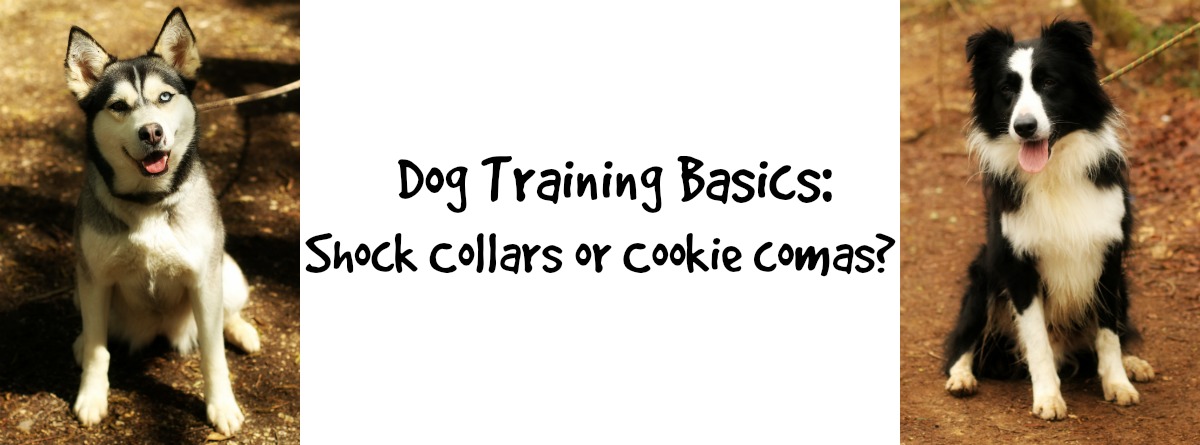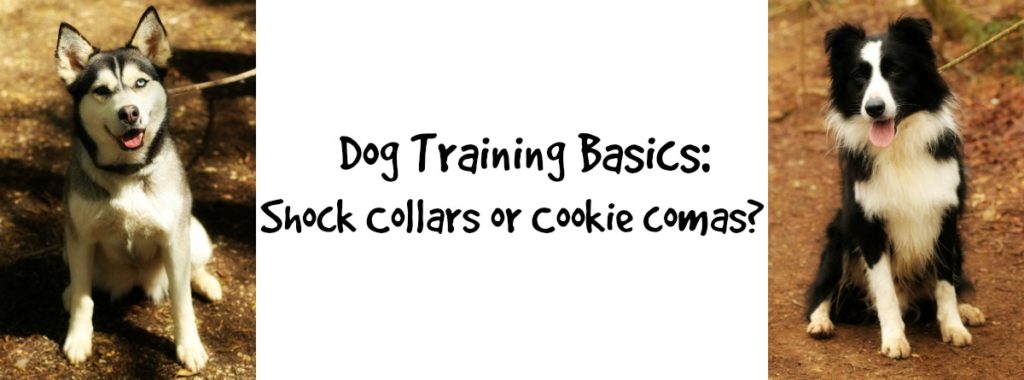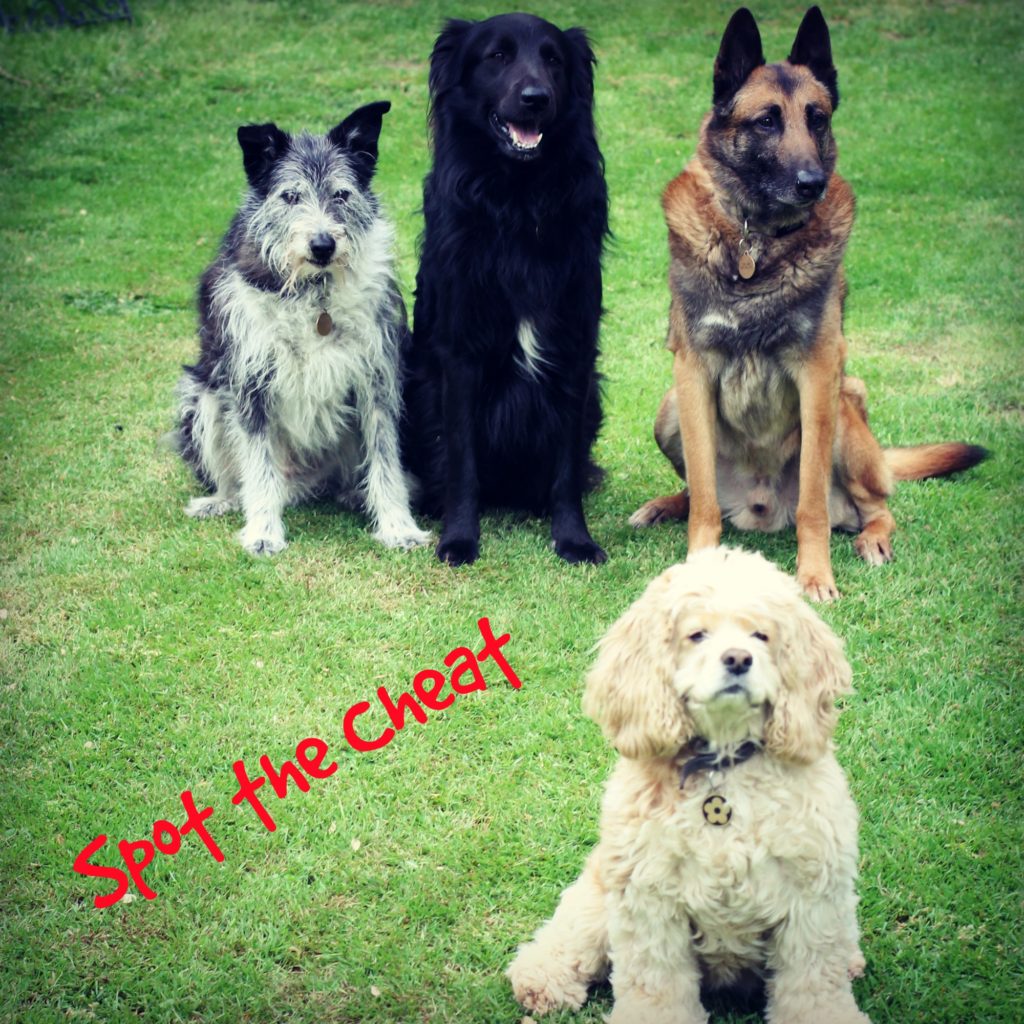In France, we call all pets ‘animaux de companie’ or companion animals. They’re right in there with guinea pigs, gerbils, cats and hamsters. That said, dogs are a bit different aren’t they? We don’t expect pet snakes to live in a house or know not to sleep on the bed when we’re out. Nor do we expect our guinea pigs to sit in the car when we go in the supermarket, and we don’t expect our cats to know how to ride in the car without being scared. Dogs are the only species that we invite to share our lives in this way, sharing our experiences, so we have higher expectations of what they can cope with and what they can do. But dogs are just visitors in the human world, especially in our houses and towns, and we have just expected them to adapt and cope with these changes within a few generations. Our pointers, setters and spaniels now lie on couches instead of working fields. Our German shepherds, Malinois, collies and Australian cattle dogs are no longer helping us out with our herds. And we’re not sending our Yorkies out ratting every day. In order to help our dogs cope with the human world, it’s only fair we give them the education to deal with everything we expect them to experience throughout their lives, especially when we are asking them to leave genetically coded behaviours at the door. Dog ownership is not for the faint-hearted or the under-prepared.
With that in mind, we come to another debate having explored the widely-held misconceptions about dog-human relationships and dog-dog relationships. Education. Whether you are a carrot or a stick kind of a person doesn’t always come back to whether you are a ‘dogs are dogs’ kind of person or whether you think ‘dogs are wolves’, but there’s a noticeable correlation between the two arguments. Many of the people who assume we need to be the ‘Alpha’ to our dogs also choose methods of training that are corrective, coercive or based on punishment rather than based on capturing and rewarding good behaviours. That is not to say however that everyone who believes dogs need us to be a pack leader in order to stop their global bid to rule couches also believes that we should correct our dogs’ behaviour. You could, I guess, think dogs are out to dominate us all and still believe that positive methods are effective. But largely, those who believe in dogs’ dominant tendencies also believe in correction as a method of learning rather than in affirmation. Simply put, if you think dogs might be dominant over humans, then seeing yourself as a human reward machine probably doesn’t fit with your philosophy about the pack hierarchy relationship you want with your dogs.
Personally, doggie education and how we go about it is something I feel strongly about. With a teaching background, you’d expect me to know a little about learning. Of course humans are different: we are infinitely more complex, capable of forethought, of reasoning and of controling our impulses. That’s not to say that dogs don’t share some things in common with us and how we – as fellow mammals – learn.
A study published this week is the first to capture information from MRI scans of dogs and is bound to be incredibly useful for future studies. We’ve already learnt from MRI studies of dogs that they can show emotion when seeing their owner. We literally make their brains light up. What you want to take from that is up to you. Do dogs love us? Some would say they have the capacity to do so. Is it affection? Love? Pleasure? Excitement? Who knows. But those MRI studies show us what we’ve known from the beginning: a dog’s waggy tail when they see you is a doggie emotion of some kind. Joy, affection, love, happiness, pleasure… it’s impossible to say which. But dogs feel something pleasant when they see us.
We can also see from MRI studies that dogs “do not have large frontal lobes” – the bit of the brain linked to reasoning. Studies are beginning to show the extent to which dogs can reason and the extent of their impulse control.
These different studies are massively interesting in themselves. They teach us a lot about dogs, but they also have implications for training. One of those implications is that dogs have positive feelings about their owners. Another implication is that dogs have poor impulse control, but there are ways we can build on their abilities. This has implications for training too.
And although I almost dare not suggest that dogs are similar to humans, we form habits in the same way. Creatures do, even microbes. We all have repeated behaviours. Behaviour is just those habits we have built up, and habits are just things that, once-upon-a-time, we found reinforcing or rewarding, or contrary to that, we found unpleasant and unrewarding. Ask a Catholic and you’ll get the other side of those habits too: fear of punishment. So before anyone accuses me of turning dogs into people, we should accept that creatures learn in remarkably similar ways.
Normally, it works like this: I do something; it feels good or it brings me reward; I do it again. Alternatively, I do something; it doesn’t feel good; I avoid doing it. I think it’s important to accept that even the most evolved species on this planet follows the same notions of habit-forming behaviours. I eat a biscuit. It tastes good. It gives me a sugar rush. I eat another biscuit. I have an alcoholic drink. It tastes good. The alcohol relaxes me and gives me a sugar rush. I have another drink. On the other hand, the smell of Thunderbird & vomit aged 15 put me off ever drinking Thunderbird again. And despite our infinite wisdom and understanding of habits and how they are formed, we are still a species with impulse control disorders: smokers, drug-takers, sex addicts, morbidly obese nations, gamblers and exercise-addicted thrill-seekers.
When you apply that to dogs, it’s not much different. I bark at the post van. The post van goes away. I bark at the post van. The post van goes away. I bark at a cyclist. The cyclist goes away. I break into the food cupboard. I stuff my face. I feel great. I’m bored. I chew the sofa. It is interesting to chew and has great textures. I chew it more. I rip it because that’s really fun. All of these behaviours are clearly reinforcing for a dog. If on the other hand, they leave a puddle and get their face pushed in it, they may learn not to toilet inside or that to do so will elicit a punishment. We call this operant conditioning.
If we accept then that we can learn by both positive association and negative association, we should ask ourselves both “which is more effective?” and “which is ethical?”
There is no doubt that negative association works. Prong collars, electric shock collars, fly swatters, spraying water in dogs’ faces, shaking coin bottles at them, alpha rolling them, pinning them, shouting at your dog, “checking” your dog with your foot, using your body in any way to “handle” your dog into position are all methods which have a high enough success rate that trainers have continued using them. Aversive methods such as these can work very quickly too. This is why people choose them. On the other hand, science shows that sometimes these methods can have disasterous consequences and provoke aggressive reactions from dogs. More and more organisations from animal behaviourists to national veterinarian associations are saying that they approve of “force free” methods and that punishment or force is not only ineffective but also incredibly damaging. We also run the risk of needing to up the punishment level and having to do more to get the desired effect. Thus, dogs with bark collars may quickly become accustomed to the shock – or the pleasure/release they get from barking is more reinforcing than the collar is aversive. So what do you do then? This is where punishment methods can go badly wrong, because you are faced with a “give up” or “increase” situation, where you need to increase the pain to overcome the pleasure your dog gets from the unwanted behaviour you are trying to eliminate which is clearly very reinforcing.
Positive association is not glamorous or quick in many cases. Building up connections between something your dog does right and a reward can be time-consuming and difficult. You can accidentally reinforce the wrong behaviours and there can be many set-backs. Positive trainers don’t have the same number of television programmes because it’s not interesting or exciting to watch. When you’ve got big bad behaviours, giving a dog a bit of chicken to rehabituate them is not a simple solution. This is why stores sell chokes, prongs, shock collars and the likes. France is so far down the line of these colliers de dressage that you can buy them for about 10€. Doesn’t that sound easier than a year’s worth of retraining with praise, toys or treats? When you factor in the view that the dog is doing something “wrong”, then why would you “reward” it?! Aversion trainers joke about “cookie comas” and see positive or force-free training as something akin to passivity and permissiveness – seeing anyone who doesn’t use negatives as “permitting” poor behaviours (because positive trainers will ‘ignore’ behaviours which aversive trainers would tackle) That’s not true, of course. Karen Pryor, who popularised clicker training, literally had animals jumping through hoops. But it’s wise to understand both ends of the spectrum – and all that lies between – before making choices about “bad behaviour” and how to correct it.
The way I see it, dogs are doing what is reinforcing and natural. They chase stuff because they are dogs. They chew stuff because they experience the world via their mouths just as we do with our hands. They bark because it makes stuff go away. I don’t see these behaviours as “wrong”, just behaviours I don’t want them to do – or that I want them to be more selective about doing. Instead of these behaviours, I’d prefer the dog does something else, like they stay calm when they see a post van or a cyclist, a car or a jogger, that they walk calmly on the lead, that they don’t tear up my sofa. That’s tough when I want them to shout at anyone who comes on my property without permission or when I give them Kongs to chew. Teaching them as a puppy is easy and we can quickly provide alternatives that are reinforcing, such as “don’t chew my sofa, chew this great stuffed Kong” or “let’s never learn that chasing rabbits is fun. In fact, when you see a rabbit, if you stay at my side, I’ll give you a bit of ham… when you see running rabbits, I want you to think ‘ham!’ not ‘chase!'” Teaching them as an adult dog is hard, but not impossible: the biggest factor in successful learning in dogs is whether they have learned to do something before (and they have ‘the learning habit’) rather than how old they are. The more they learn, the more they can learn. With this in mind, if their behaviour is just natural dog behaviour, why would I punish them for being a dog?
To paraphrase trainer Nando Brown (a positive trainer who’ll be airing a new television show soon) when faced with an aversive technique used to stop a dog begging, “I don’t want my dog to think I’m a bit of a knob because I’m constantly telling him off”. We have a special relationship with dogs, one that we don’t have with other companion animals, but since we have such high expectations of what behaviours we want from them, it’s our duty to choose techniques that neither harm them nor our relationship with them. I don’t ever want my dogs to be afraid of my arrival (as Amigo sometimes is if one of the dogs has been bin-dipping or had an accident… his reactions to fly swatters tells me everything about how my rescue dog came to have such great manners) and I don’t ever want to jeopardise that joyfulness we share. As a teacher, I never believed in punishment. Detentions, lines, exclusions… if deterrents and punishments don’t stop repeated bad behaviour in class with the most reasonable and rational species of all (okay… that’s urban teenagers, so I might be overestimating the reason and rationality there!) why would deterrents and punishments work with dogs? Although I’m not a fan of thinking of dogs in human ways, I think this analogy is very helpful when understanding the effects of positive reinforcement training versus aversive training.
As for my approach? I’m not trying to teach Shakespeare to my dogs, but there are commonalities between training dogs and teaching teenagers. Ever tried teaching when it’s snowing? Impossible. Might as well give up. Environmental factors and stress are the biggest hindrances to learning and retention in humans. That’s true of dogs too. This is why I don’t set my kids or my dogs up to fail. I don’t teach by modelling as I do with children, since dogs don’t have the same ability to look at, internalise and mimic. But I do use small steps, achievable targets and rewards with both dogs and humans. You probably won’t believe me if I told you I used gold stars with some of Manchester’s finest 16 year olds. You’re never too old for a gold star, if you ask me. I never used a clicker though. I’ve learned never to underestimate the power of play in learning, and work with natural ability, instinct and interests. My wisest mentor taught me to make learning irresistible. I think that is true for dogs as much as it is true of children. We can create learning conditions for dogs where they are keen to do more and where learning is exciting. I’m glad that when I pick up my clicker, a frisbee or my treat box, my dogs are absolutely ready to learn. That’s what I want.
My back row boys might not be paying as much attention as I’d like and my teacher’s pet at the front isn’t following the group “stay” like she should be… but my dogs never stop learning, even if one is 14 and French and another is 11 and dumb as a bag of spanners. And I never stop learning about learning either. It’s not a perfect doggie household by far, but I’m very glad that my little Meegie doesn’t have a fly swatter as the consequence of not getting it quite right, and that my big old arthritic Malinois Tobby doesn’t have to be forced to join in. I love teaching my dogs new stuff. They love learning new stuff. I’m not sure how we’d all feel about it if I had to punish them to get what I want.
Until we as a species know everything there is to know about how dogs learn, I’m going to keep to the positive consequences and the positive associations. Then if there’s ever MRI scans of my four, their brains won’t light up like Christmas trees if someone asks them if they think I’m a bit of a knob.



